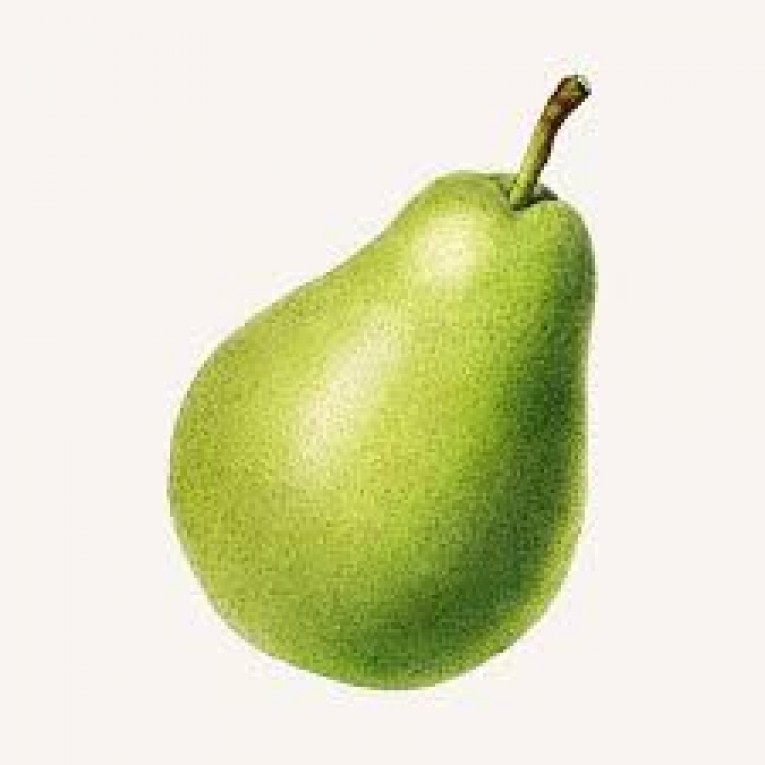One of the questions most frequently asked at our clinics is what is the difference between an Osteopath, Chiropractor and Physiotherapist? Understanding this can help to determine what type of treatment provider is best for you.
All three modalities require four to five years of training to become qualified and enable the practitioners to assess, diagnose and treat a wide range of injuries and illness. They are also equipped with the skills to recognise when an issue requires further referral to a medical provider. Furthermore, all modalities are governed by membership of professional bodies that address ethical behaviour, continued learning and development as well as quality of practice.
Osteopaths treat in a holistic manner that aims to mobilise joints, ligaments and muscles by utilising stretches and soft-tissue techniques that can range from strong structural movements to more gentle cranial treatments. These are used alongside exercise programs designed to relieve pain and improve the function of the body as a whole system. This can treat all areas of the body, including many which are unrelated to the spine or skeletal structure. An Osteopath will take into consideration your emotional wellbeing and how you relate with the world to identify and treat the root causes of your presenting condition/s.
| While Chiropractors also take a full body approach to the treatment of injury or pain, they specialise in spinal or musculoskeletal structural adjustments to promote normal function of movement. In seeking to restore communication of the bodies messages to the brain which can become affected by the stress and strains of life. Improvements to the nervous system can result from the manipulation of the skeleton. |
|
 |
Physiotherapists aim to improve the movement and function of the body via a range of techniques including manual therapy, exercise prescription, postural adjustment, and lifestyle changes. Traditionally favoured by sporting professionals, physiotherapy also works to keep bodies active and mobile in the absence of any acute injury, using exercise as medicine. |
If you are struggling to work out which type of practitioner will be able to support you give one of our friendly administration staff a call – we are happy to discuss the differences and benefits with you.
Back to blog


